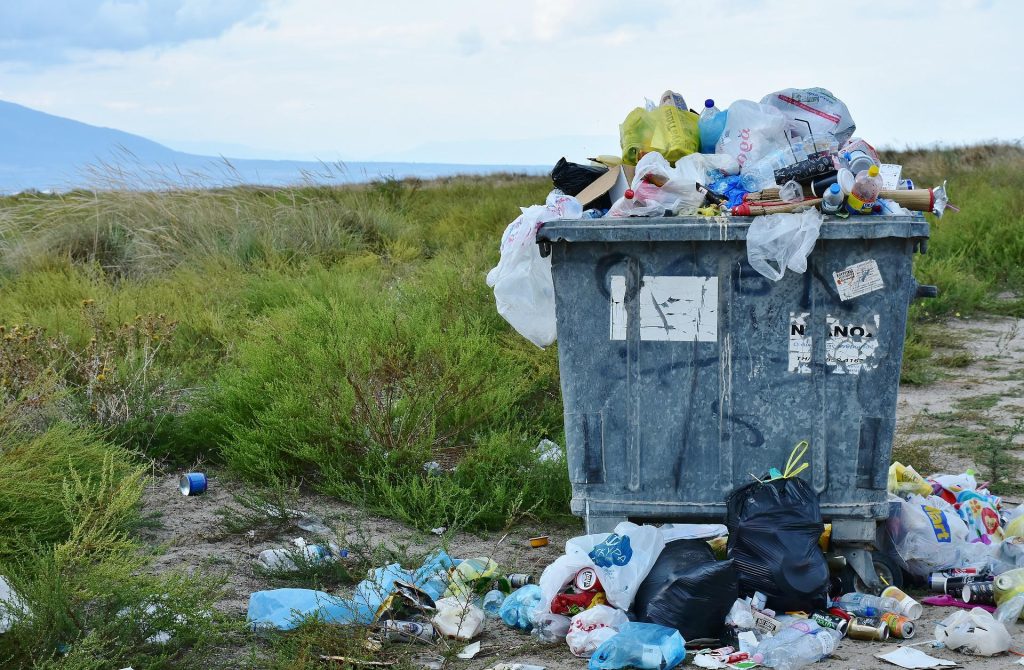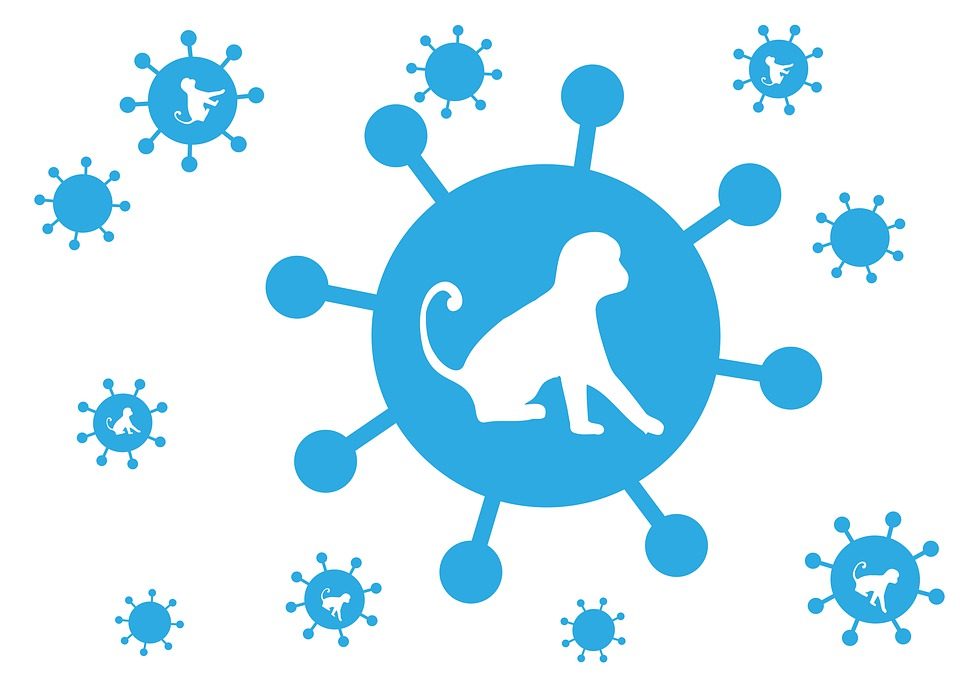Surgical site infections (SSIs): Identification of bacterial pathogen and their antibiogram
Surgical Site Infection (SSI) is a type of infection resulting from a surgical procedure. Center for Disease Control (CDC) defines SSI as proliferation of pathogenic microorganisms which develops in an incision site either within the skin or sub-cutaneous fat (superficial), musculo-facial layers (deep) or in an organ or cavity if opened during surgery. It occurs […]






